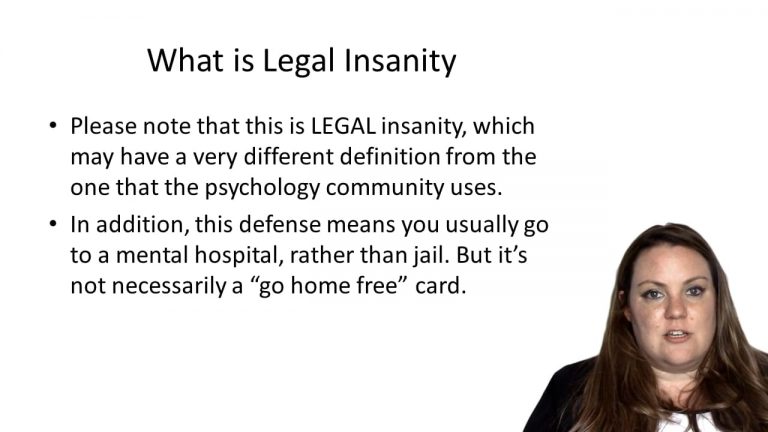SmartBrief
Confirm favorite deletion?
Criminal Law Keyed to Gershowitz
Commonwealth v. Shin
Citation:
16 N.E.3d 1122.Facts
The defendant was convicted of assault and battery after he groped a woman on a train. At trial, the defendant’s primary defense was lack of criminal responsibility, specifically that he was unable to conform his conduct to the requirements of the law. An expert testified that the defendant was experiencing auditory hallucinations and that “there’s no dispute that he’s been suffering from schizophrenia.”
The defendant had a significant history of hospitalization for mental illness. He was hospitalized by court order on six different occasions. Further, at the time of the incident, the expert testified that the defendant was not taking his medication and was experiencing an increase in some of the symptoms that he’s experienced over the seven years. The expert also testified that he misinterprets his social cues in the environment thinking an individual is communicating something to him when in actuality they are not and when an individual engages in a particular act that has nothing to do with him, he interprets it as a message to him in some way. Given those circumstances, the expert stated that he’s unable to appreciate the wrongfulness of his conduct or conform his behaviors to the requirements of the law.
The trial court found him guilty, stating that the defendant “knew that if he didn’t take his medication” he was likely to commit further crimes “and he went ahead anyway and stopped taking his medication.” He appealed.
Only StudyBuddy Pro offers the complete Case Brief Anatomy*
Access the most important case brief elements for optimal case understanding.
*Case Brief Anatomy includes: Brief Prologue, Complete Case Brief, Brief Epilogue
- The Brief Prologue provides necessary case brief introductory information and includes:
Topic:
Identifies the topic of law and where this case fits within your course outline.Parties:
Identifies the cast of characters involved in the case.Procedural Posture & History:
Shares the case history with how lower courts have ruled on the matter.Case Key Terms, Acts, Doctrines, etc.:
A case specific Legal Term Dictionary.Case Doctrines, Acts, Statutes, Amendments and Treatises:
Identifies and Defines Legal Authority used in this case.
- The Case Brief is the complete case summarized and authored in the traditional Law School I.R.A.C. format. The Pro case brief includes:
Brief Facts:
A Synopsis of the Facts of the case.Rule of Law:
Identifies the Legal Principle the Court used in deciding the case.Facts:
What are the factual circumstances that gave rise to the civil or criminal case? What is the relationship of the Parties that are involved in the case.Issue(s):
Lists the Questions of Law that are raised by the Facts of the case.Holding:
Shares the Court's answer to the legal questions raised in the issue.Concurring / Dissenting Opinions:
Includes valuable concurring or dissenting opinions and their key points.Reasoning and Analysis:
Identifies the chain of argument(s) which led the judges to rule as they did.
- The Brief Prologue closes the case brief with important forward-looking discussion and includes:
Policy:
Identifies the Policy if any that has been established by the case.Court Direction:
Shares where the Court went from here for this case.

 4m 59s
4m 59s